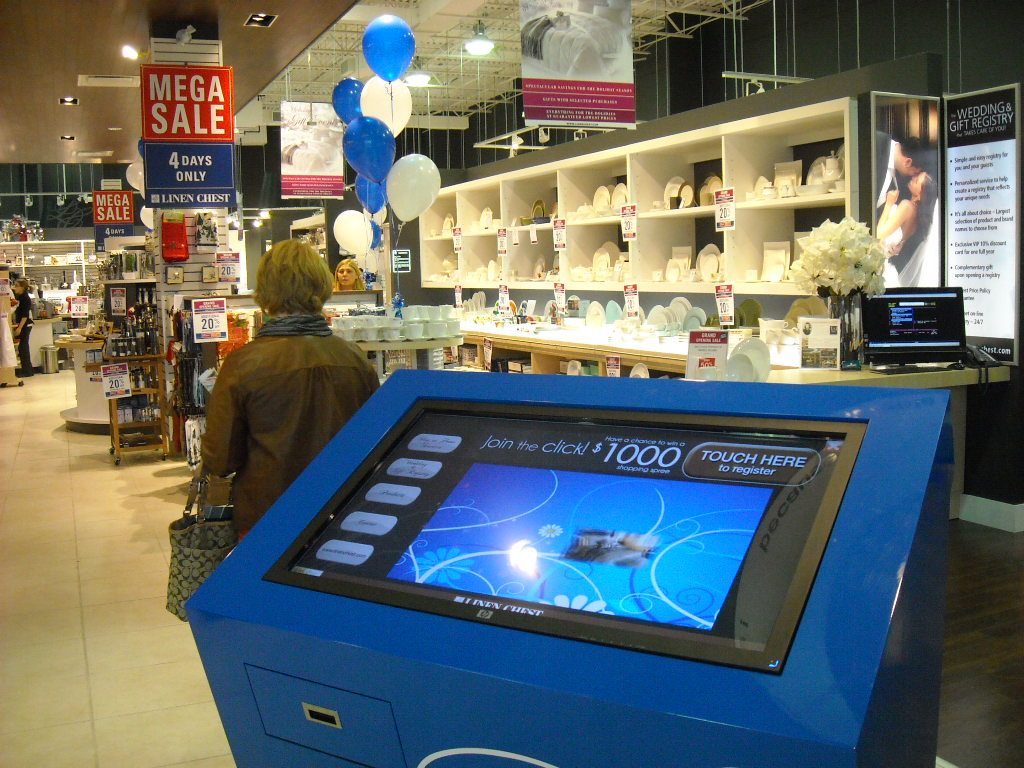The four gia expert jurors — Martin M. Pegler, Wolfgang Gruschwitz, Scott Kohno and Henrik Peter Reisby Nielsen — are from different sectors of retail, including store design and architecture, branding, visual merchandising and displays, marketing and technology. They always need to be at the forefront of trends driving the retail world, so who better to present the latest retail trends?
During their presentation at the 2016 International Home + Housewares Show in Chicago, the gia Expert jurors offered these top 10 global retail trends.
-
Branding
Branding is obviously not new, but some of the ways in which it is being approached, certainly are. Today, branding is being turned on its head and some big retail companies, to attract attention, are doing the opposite of what is expected of them. Take Amazon for example. In a time when everyone is thinking that the shift is for retailers to go online, Amazon, an online company, is setting up bricks and mortar bookstores because they understand emotive retailing. They understand that in an age when the new wave of consumers largely live their lives online, they want to touch and feel products before buying them. And cleverly, in one of their large bookstores in Seattle, the nucleus of the store is showcasing their electronic products, most of them made by Amazon. They’re set up on tables and stands so that people can play with them, just like you can fiddle with iPads, phones and laptops at Apple stores.
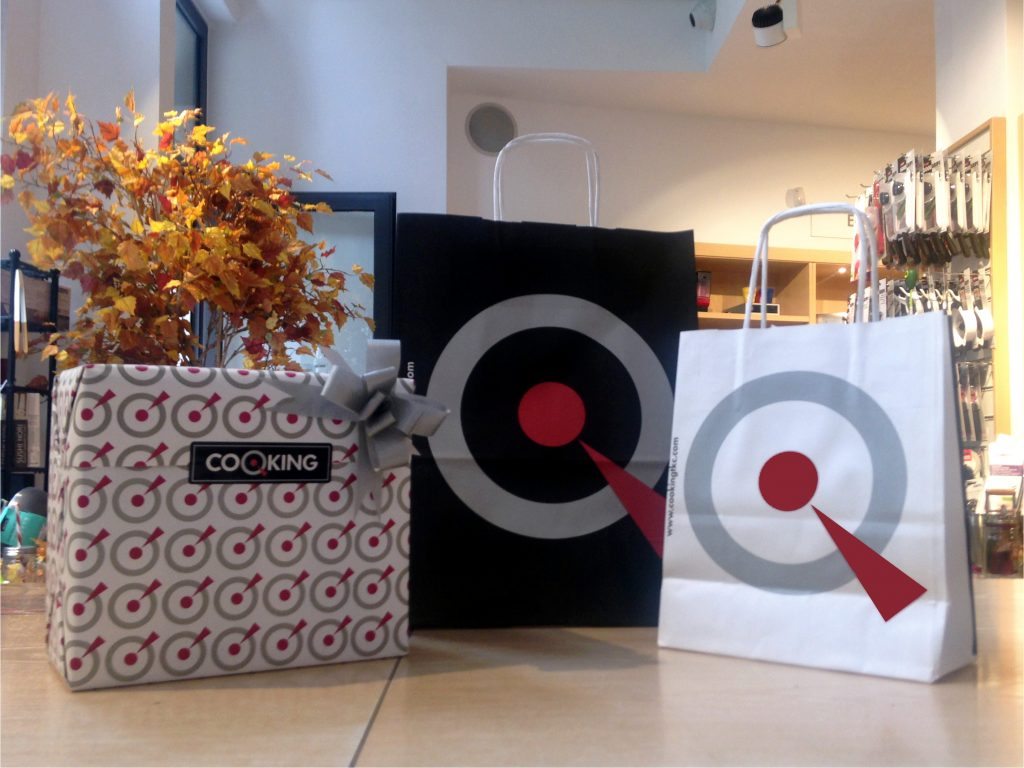
Another trend in branding is the complete flaunting of logos — be that online, on uniforms, on coffee cups, bags or whatever else might carry it well. Storytelling is also one of the latest buzzwords in branding for retail trends. It’s not just about getting your message across, it’s about telling a story that people want to be involved in or be a part of. Gia winner Lords in the UK is a great example of this in retail trends, as they use their stores and their staff to tell the story of the local area through photographs, artwork and shared knowledge of local things to do.
-
Merchandising
Today, in a world where people have shorter attention spans and a lot more stimuli in their lives, bright, fun colors and a great experience are key when it comes to merchandising. Themes to bring whatever is happening in the world at large are popular, and many stores are taking a gallery-like approach to retailing — merging larger pieces such as a car in the store or a kitchen in the middle of a cooking store. The more fun and emotive the merchandising, the better chance a retailer has of attracting and keeping a customer’s attention. If they can also be interactive and do something with a product in a store — the use it, trial it approach — then there is even more chance that the customer will become attached to a product and want to take it home.
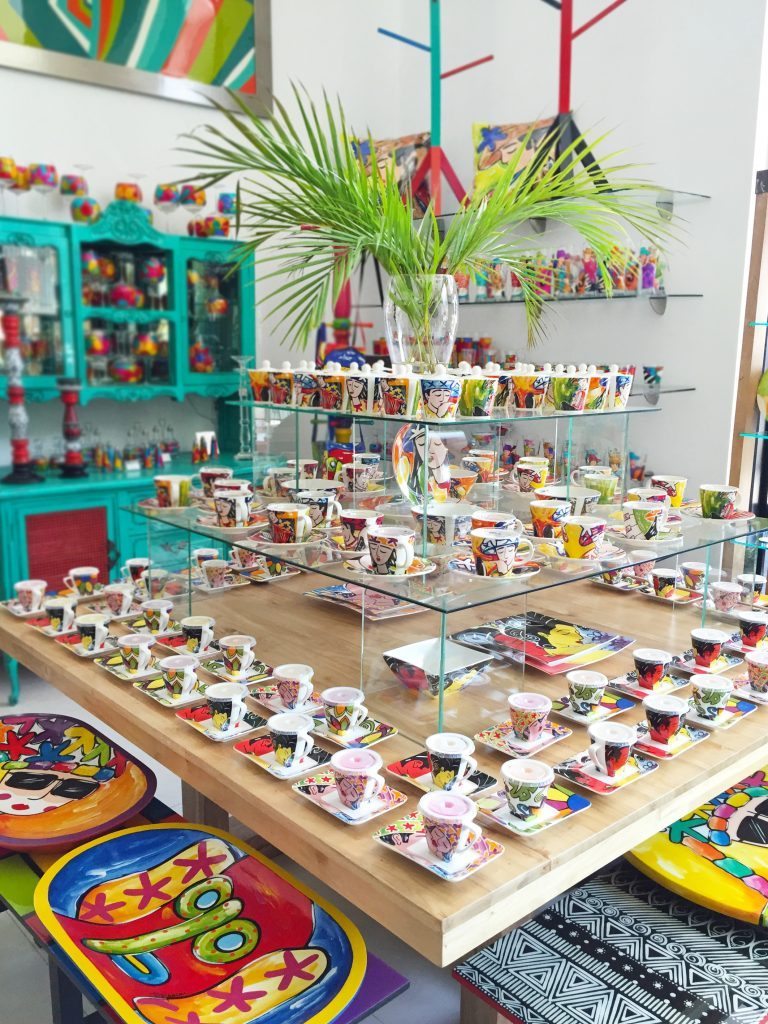
-
Lighting
Neuro-marketing is all about speaking to the brain and playing on emotions. If someone can touch, feel and relate to something, there is more chance of them wanting to try and keep a particular product. If someone has something in their hands, they are already imagining owning it. So how can this method of selling be further enhanced? Through lighting.
The Limbic Lighting study had target groups responding in different ways to even the smallest changes in lighting, hardly noticeable with the naked eye. Light has an impact on people’s mood and emotions in both positive and negative ways. So when it comes to a retail environment, the study uncovered some interesting things, such as a warm and cozy atmosphere tended to create a sense of balance, and sharp contrasts in lighting created an active atmosphere, which in turn creates a more stimulating environment. Contrasting light made the shoppers in the study more aware of details and materials in products, making them more aware of a product in general. In a colder atmosphere, using more blue lighting, the client became more critical, and the mood was more dominance oriented.
The Limbic Lighting study has proved that the adjustment of lighting scenarios according to target group-specific requirements is worthwhile. If a customer feels more at ease in a store, and experiences positive emotions created by lighting, then they enter a state of consciousness with a higher level of alertness that is more likely to trigger a purchase. The conclusion was that a lighting scenario should be tailored to suit both the brand and the target customer group. Lighting can help customers feel more comfortable and therefore stay longer in a store, which in turn can have a positive influence on sales development.
-
Impactful storefronts
Again, a storefront is nothing new, but the gia experts approached the subject from a different point of view regarding retail trends. Whether your store is online or a physical store, the storefront (or the home page) is like the eyes and a smile on someone’s face. A storefront needs to be open, lovely, inviting, welcoming. They need to make people step forward, and want to come in. And today, when people are so busy and being regularly stimulated by so many things online and in the world at large, storefronts (online or physical) need to be easily accessible. They need flow. Moving facades in retail trends, such as video walls or online creations, also attract people.
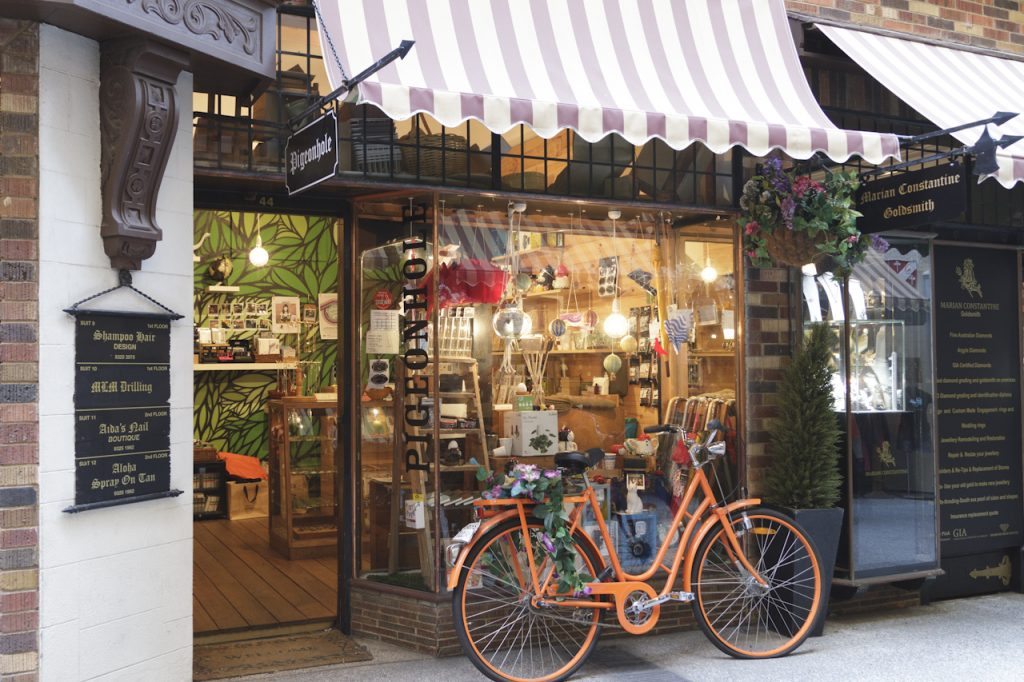
A good example of a fitting façade is the ‘crystal forest’ outside the Swarovski Flagship store in Ginza, Tokyo. It is almost blinding, and entirely fitting for a brand that produces some of the sparkliest products in the world. The facade is made from stainless steel mirrors, and the inside of the store is painted white to best highlight all the colorful little prisms of light they create.
Green walls created from live plants are another way to attract people, especially in cities where there is not much flora or parks.
-
Staying relevant with mobile technology
It’s interesting that 60 percent of people still prefer to shop on websites rather than on apps, and that people use phones twice as much as iPads for purchasing things online. So, firstly, make sure your website works well on a phone. Twenty-four percent of online buyers buy products with their phones, and if your website is not easy to navigate on a phone, they will quickly give up and go to another company/website to buy a product. So ensure that you are at the forefront of mobile technology. If you are not savvy yourself, employ someone who is.
-
Customer experiences
People crave human contact, especially now that so much of our lives are lived online. Having an actual person answer on a service provider phone line these days is a rarity, and receiving a handwritten letter comes as almost a shock. So the gia experts believe that the store is still king. It’s a place where people can engage with others and with products that they are interested in. They can touch, feel and get a better idea of the quality of the products, and often even try them as well. If people do make the effort to come to your store rather than buy something online, remember that you need to create an experience that makes them feel good.
One thing that the judges stressed is that retailers need to remember that their online shop is not just an ordering machine, it also needs to be a great experience. And, you have to ensure that your site is visible with search engines — people use Google when looking for a product, they usually do not start at a particular company’s website. You need to lead them there, via a search engine. And also remember that with everyone spending so much time online, reviews matter more than ever. It’s astounding to know that 70 percent of people listen to opinions published online – blogs, reviews, discussion forums — so make sure you do everything to get good reviews, and then share them.
-
Mobile Technology In-store
This is a major in retail trends. 60 percent of consumers expect your staff to be able to look up product information, 59 percent expect your staff to look up inventory and 47 percent expect your staff to provide information about warranties and return policies. Ten years ago, some of this wasn’t possible, but now it is and as a retailer, you need to provide your customers with what they are accustomed to — technology at their fingertips.
A good example is something that a 2016 gia winner, Lakehouse of Canada, recently implemented: all sales people are equipped with an iPad so that they can walk the floor of the store and be ready for any questions from customers. A 27-inch computer is also available for customers to look up products and information while in the store, and this same computer can be used as a third check out during peak times.
The judges call it the “Uber and Air BnB syndrome,” meaning that with new technologies, even the smallest store can offer the biggest selections, with a local, personal approach. And with the use of new technologies, a small retailer can grow big in a short amount of time.
Another related trend is that super brands are joining forces with retail outlets and department stores, taking up the “store within store” concept. Global designer labels joining Target is a perfect example of this.
Then in retail trends, there is what the judges called “enablement through technology,” which basically means that consumers are more informed than they have ever been. And the fact that lack of time is a bigger problem than lack of money for many consumers. Finally, the time of “one-size-fits-all” has gone: customers want customization.
The main lesson in retail trends to take away from this group of trends, is that your online store is as equally important as your physical store, and to stay on top, retailers need to blend the digital and physical world.
-
Omni-channel retailing
At its core, omni-channel is defined as a sales approach that provides the customer with an integrated shopping experience. The key is in how to best use the many different channels that you can retail through, and how to bring them together for a seamless customer experience.
For instance, someone might be perusing their Facebook feed and see a post featuring a product. They might search for the product on Google and then go to a store’s website for some more information before coming into the store to finally make a purchase.
It’s worth taking on some tried and tested online retailing techniques, such as setting up a great Facebook and Instagram account, but if you are going to try out a few avenues, make sure you have the time or the resources to do things well. You have to keep your followers engaged so don’t make the mistake of taking on too much at the one time if those channels cannot be kept alive and well.
-
The four Es: Exhibition, Education, Entertain, Emotions
It’s no secret that people like to be entertained. Cooking demonstrations and classes are on the rise in retail trends, and many successful retailers also host classes on everything from basket weaving to tie-dying fabrics, making children’s toys, special paper and creating preserves. From fire-throwing performers in a gift store to sommeliers matching wines to snacks for customers as they peruse a deli-style shop, you need to think outside of the box to stay ahead.
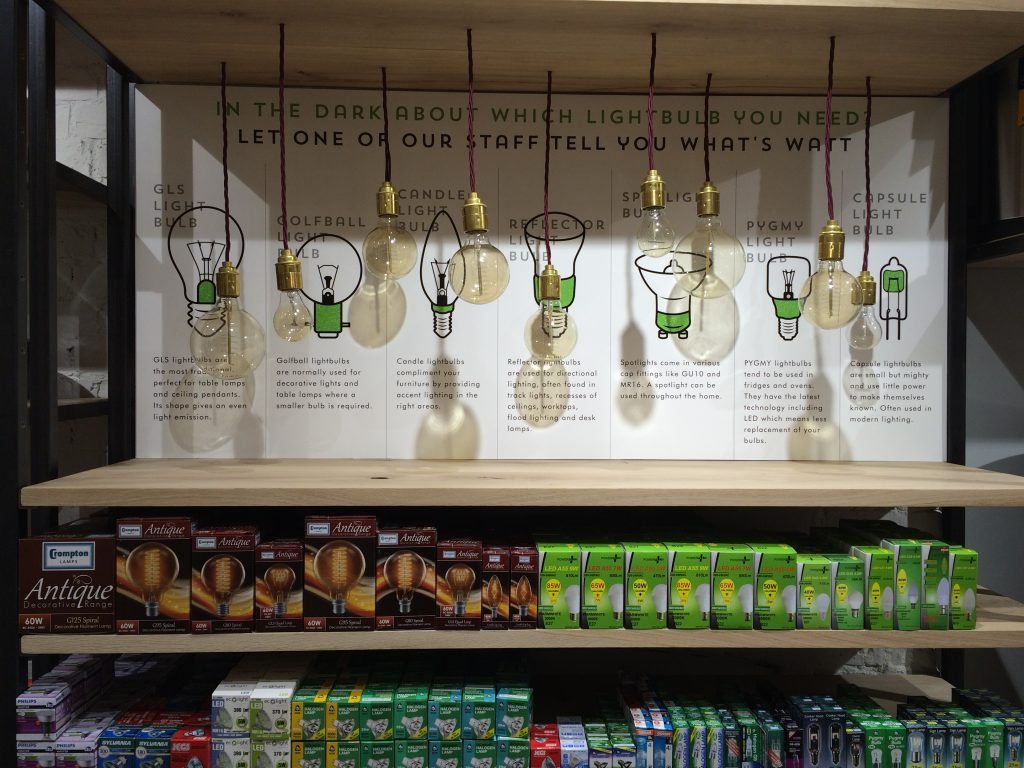
It’s no secret that people like to be entertained. Cooking demonstrations and classes are on the rise in retail trends, and many successful retailers also host classes on everything from basket weaving to tie-dying fabrics, making children’s toys, special paper and creating preserves. From fire-throwing performers in a gift store to sommeliers matching wines to snacks for customers as they peruse a deli-style shop, you need to think outside of the box to stay ahead.
Having an area where people can try before buying is another popular way to entertain customers while also convincing them that they need a particular item. For instance, have a customer learning to make and then taste ice cream in-store, or having someone demonstrating how to quickly make an avocado dip and then taste it on some freshly baked crackers, is a sure fire way to engage customers. Or it could be as simple as displaying a row of olive oils, the dishes they are poured in and the decanters they can be stored in and leave some fresh bread out for people to sample the olive oils as they walk by. Be quirky. Lords of London has a light bulb display showing off the different styles and strengths of bulbs that looks like an art installation, and many stores have cute handwritten notes to their customers placed around the store to inspire and delight them.
Always remember that it’s all about: exhibiting, educating, entertaining and appealing to people’s emotions.
-
Creating personal connections
In retail trends, this is about going back to good old-fashioned service in some senses and ensuring that your customers feel welcomed and special. It’s a simple trend, but it is also complex — you need to understand your customers before you can begin to create close connections with them. It could be as simple as having something in your store that people want to photograph themselves with — such as a cool sculpture or a stunning artwork. Or it could be hosting special dinners throughout the year where diners use the plates, glasses and products that you sell while getting to know you, your staff and other customers.
Connections can be created by hosting a cookie baking class for children so the parents have some time to shop, or by simply being that person in that shop who has the right advice and knowledge that a customer needs and yearns.
If you create personal connections with your customers, when they need or want to buy something you are going to be top of their mind, and that’s exactly where you want to be.

